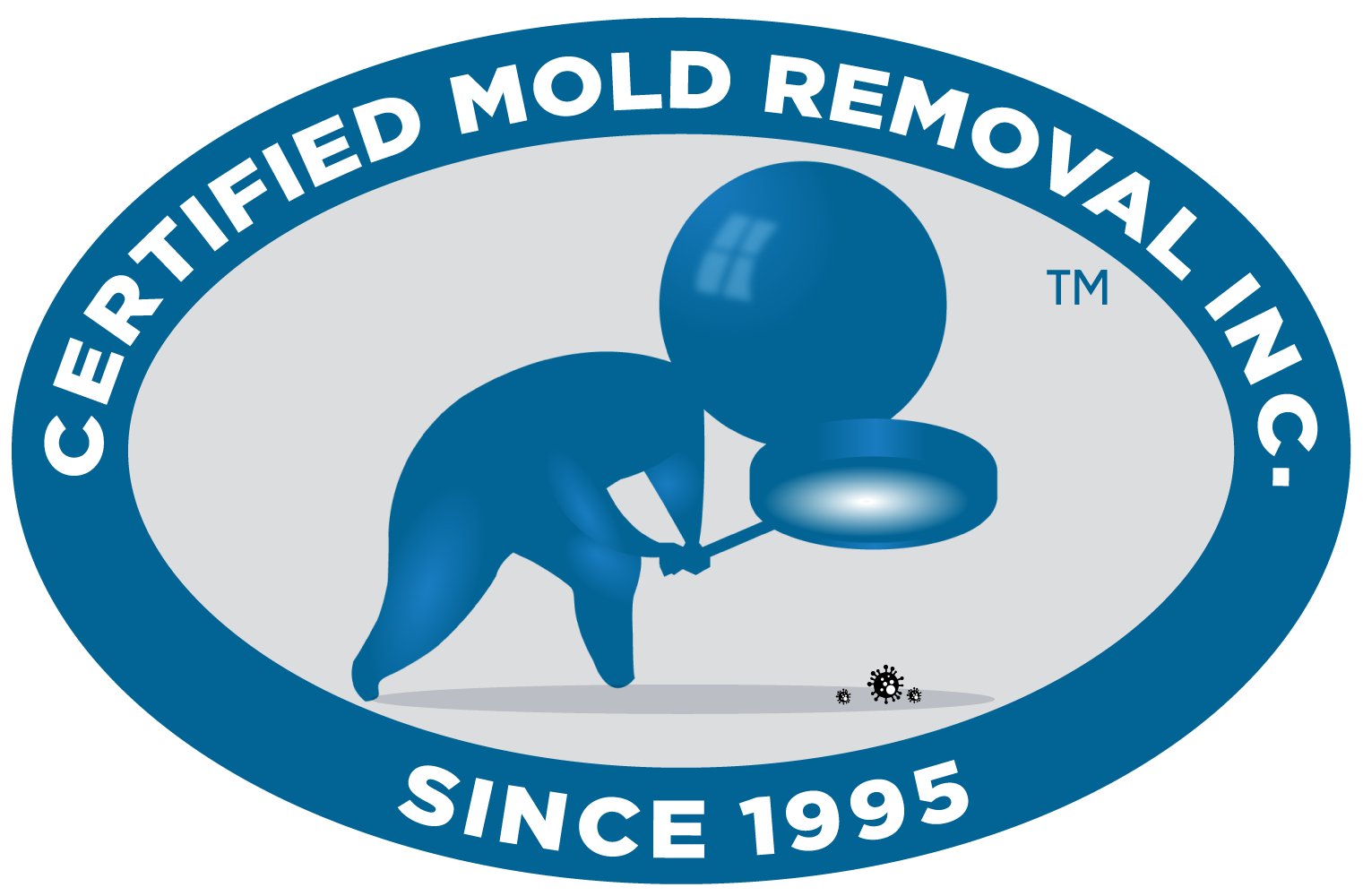Sweater weather, football season, apple picking: fall has a lot going for it. These conditions also make mold problems ten times worse than in the summer. So, while most people associate mold with hot weather, the reality is quite different. The way homes transition from summer to winter mode creates situations where mold can grow rapidly.
Homes Get Sealed Up
Nobody’s opening windows once October hits. The house goes from having decent airflow to being basically closed up tight. Bathrooms stay steamy after showers, kitchens hold onto moisture from cooking, and there’s no cross-breeze drying anything out. Mold, because of poor ventilation, typically shows up in bathrooms, laundry rooms, and other areas where damp air is trapped.
Heating systems fire up after sitting unused since spring. If there’s any moisture in the ductwork or around the furnace, turning on the heat can spread mold spores throughout the house. That weird smell when you run the heat for the first time? It could be dust or mold that’s been sitting in your vents.
Where Fall Mold Shows Up
Basements are already prone to dampness, and increased rainfall exacerbates the problem. Water comes in through foundation cracks, window wells overflow, and suddenly, there’s standing water nobody noticed. Cooler temps and less airflow mean it doesn’t dry out. Mold growth in fall happens faster in basements than almost anywhere else in the house.
Attics get overlooked until something goes really wrong. The temperature difference between a heated house and a freezing attic creates condensation on the underside of the roof. The poor ventilation up there makes it ideal for mold growth. Fungi can grow on roof decking and insulation for months before someone notices.
Bathrooms without exhaust fans—or with fans that are not used—remain damp for much longer when windows are closed. Shower steam has nowhere to go. Grout, caulk, and ceiling corners all stay wet and become a breeding ground for mold.
Kitchens generate tons of moisture. Boiling water, running the dishwasher, more cooking happening now that it’s not 90 degrees outside. That steam used to escape through open windows. Now it just hangs around.
Stopping Mold Before It Starts
Ventilation makes a huge difference. Even when it’s chilly, cracking open windows for 15-20 minutes allows moisture to escape and fresh air to come in. Run bathroom exhaust fans during showers and for at least 30 minutes after. Kitchen exhaust fans should run anytime there’s steam from cooking.
Dehumidifiers in basements are essential for preventing mold. Keep humidity between 30-50% and most mold won’t grow. Basements need dehumidifiers to run continuously through fall and winter in this part of the country.
Clean gutters before the leaves really start falling. Downspouts should be dump water at least six feet away from your foundation. Check that the ground around your house slopes away from the building. Water pooling near foundations is basically an invitation for basement moisture problems.
Walk through your house regularly to check for any issues that might arise. Look under sinks, inspect basement walls, and check window frames for signs of damage or leaks. Catching a leak or damp spot before mold develops is way easier than dealing with remediation.
Any leak needs fixing immediately. Dripping pipe under the sink? Leaking window? These seem minor, but in fall conditions with reduced ventilation, small leaks can lead to serious mold growth in fall within a week or two. Hire mold remediation services to fix the problem.
When to Call Someone Who Knows What They’re Doing
Large areas of visible mold need professional attention. The general rule is that you shouldn’t tackle anything bigger than about 10 square feet and roughly 3 feet by 3 feet as a DIY project. Scrubbing away at a big mold colony without proper containment only spreads spores everywhere.
Health symptoms that worsen at home could mean hidden mold. Coughing that won’t quit, headaches, and allergy symptoms that don’t respond to medication—these warrant investigation. Mold inspection services can test air quality and identify elevated spore levels even in the absence of visible mold growth.
Water damage from any source needs professional assessment. Storm flooding, burst pipes, and roof leaks—even if everything looks dry on the surface, the room can still trap moisture in walls and floors. Professionals use moisture meters and thermal cameras to locate hidden dampness.
Musty smells without an obvious source need checking out. Mold grows behind walls, under flooring, and in crawl spaces. If you smell it but can’t see it, there’s probably a hidden colony somewhere.
Getting Real Help in the Tri-State Area
Same-day inspections matter because mold doesn’t wait around. Every day it grows, spreading further and doing more damage. A quick response from certified professionals makes a real difference in determining the extent of the remediation.
Mold remediation services need to address the moisture source, not just clean up visible mold. Removing visible mold without eliminating the source will only allow mold to return. Certified Mold Removal Inc. takes a comprehensive approach—find the moisture problem, fix it, then remediate the mold properly.
Licensed and insured since day one, Certified Mold Removal Inc. has the experience and equipment to handle mold for poor ventilation, water damage, hidden colonies, whatever fall throws at your home.
Don’t Wait Until Spring
Seasonal changes create perfect conditions for mold. Don’t assume your home is fine just because you don’t see anything obvious. And if you do notice signs—dampness, smells, health symptoms—don’t wait to address them. Call our team for same-day mold inspection services and get ahead of the problem before it gets ahead of you.






